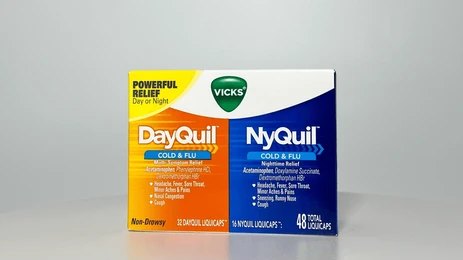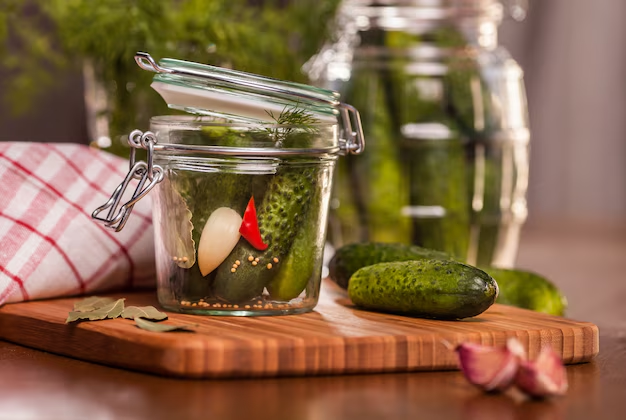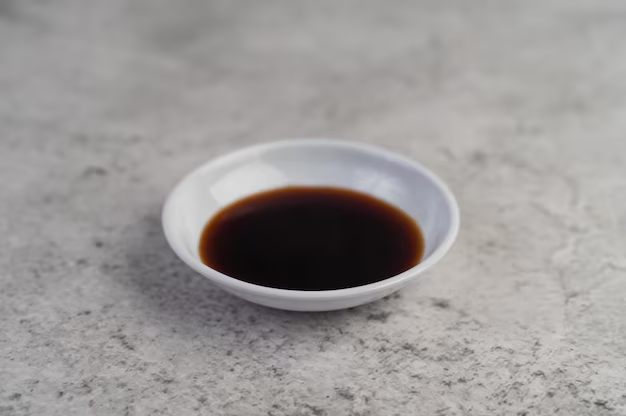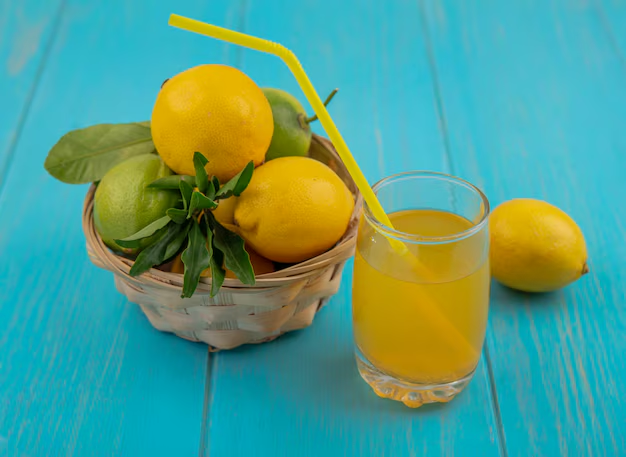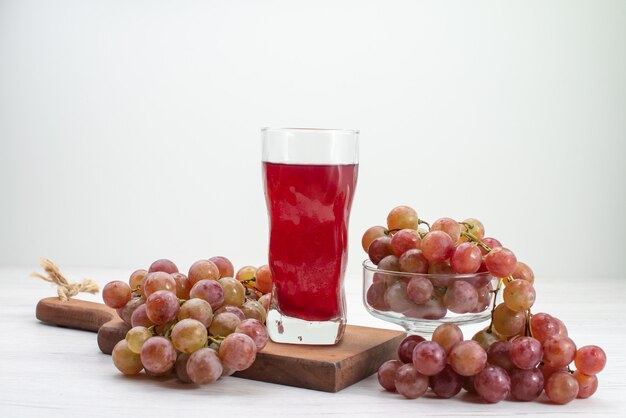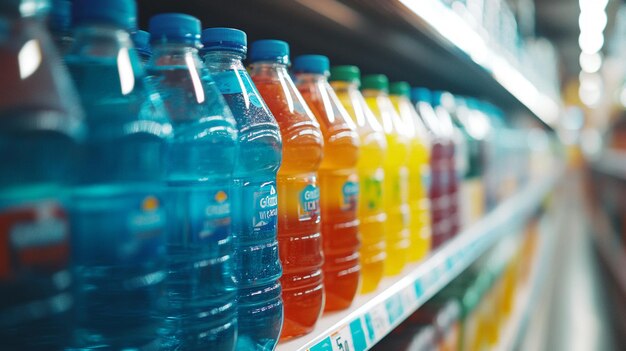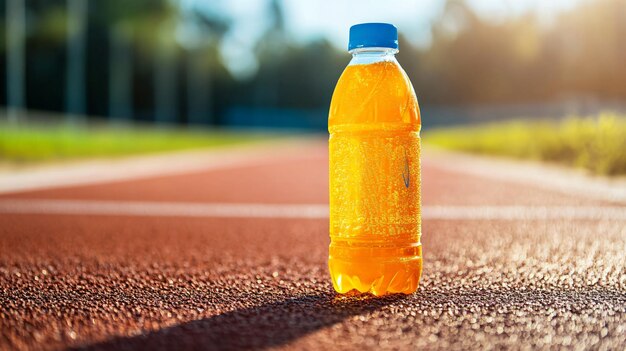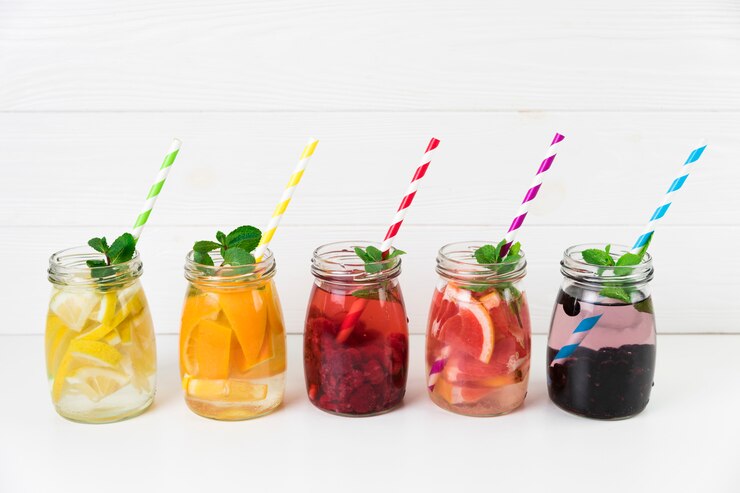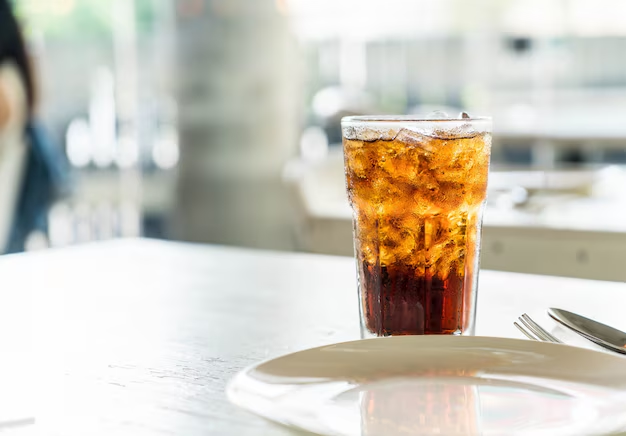DayQuil is a popular over-the-counter medication known for providing relief from cold and flu symptoms. It’s trusted by millions to ease discomfort during those challenging days when you’re feeling under the weather. However, understanding what’s inside the medicines we take is essential for safe use. One ingredient in particular, acetaminophen, often sparks curiosity among users.
Does DayQuil have acetaminophen? The answer is yes, and it plays a crucial role in the product’s effectiveness. This article will explore what acetaminophen is, its presence in DayQuil, and why it’s such a vital component of this widely used remedy.
What Is Acetaminophen?
Acetaminophen is a widely used medication known for its ability to reduce pain and lower fever. It’s an essential ingredient in many over-the-counter remedies and is often recognized by the brand name Tylenol in the United States.
This versatile drug works by blocking specific chemicals in the brain that signal pain and regulate body temperature. It’s commonly used to treat mild to moderate pain, including headaches, muscle aches, toothaches, and menstrual cramps. Additionally, it’s highly effective in bringing down fevers caused by illnesses like colds or the flu.
Acetaminophen is known for its safety when used correctly. However, exceeding recommended dosages can lead to severe side effects, including liver damage. That’s why it’s crucial to understand how much acetaminophen is in any medication you’re taking, such as DayQuil.
Does DayQuil Contain Acetaminophen?
Yes, DayQuil contains acetaminophen. In fact, acetaminophen is one of the primary active ingredients in this medication, making it a powerful tool for tackling cold and flu symptoms.
DayQuil’s formulation includes three main active ingredients:
- Acetaminophen: Relieves pain and reduces fever.
- Dextromethorphan: Suppresses cough.
- Phenylephrine: Acts as a nasal decongestant to ease stuffy noses.
These ingredients work together to provide comprehensive relief. Acetaminophen, in particular, is the key player when it comes to alleviating the aches, pains, and fevers that often accompany colds and the flu.
How Much Acetaminophen Is in DayQuil?
The amount of acetaminophen in DayQuil varies depending on the product formulation. Generally, DayQuil contains:
- DayQuil LiquiCaps: 325 mg of acetaminophen per capsule (two capsules are typically recommended per dose).
- DayQuil Liquid: 650 mg of acetaminophen per 30 mL dose (two tablespoons).
These dosages are carefully measured to provide effective relief while staying within safe limits. However, it’s essential to follow the dosing instructions on the product label to avoid taking too much acetaminophen, especially if you’re using other medications containing the same ingredient.
Why Is Acetaminophen Included in DayQuil?
Acetaminophen plays a critical role in DayQuil’s ability to alleviate cold and flu symptoms. Here’s why it’s included:
- Reduces Fever: When you’re sick, a high fever can leave you feeling weak and uncomfortable. Acetaminophen helps lower body temperature, making you feel more at ease.
- Relieves Headaches: Many people experience headaches when battling a cold or the flu. Acetaminophen targets these aches directly, providing fast relief.
- Eases Muscle and Body Aches: Illness often brings widespread body pain. Acetaminophen’s pain-relieving properties help reduce this discomfort, allowing you to focus on recovery.
Its inclusion in DayQuil ensures that the product provides comprehensive relief for some of the most common and frustrating symptoms of cold and flu.
Is Acetaminophen the Same as Tylenol?
Yes, acetaminophen is the active ingredient in Tylenol, a well-known over-the-counter medication. While Tylenol is a brand name, acetaminophen is the generic term used to describe this pain-relieving and fever-reducing compound.
Acetaminophen is present in many medications besides Tylenol, including cold and flu remedies like DayQuil. This makes it essential to check ingredient labels, especially if you’re taking multiple medications. Combining products with acetaminophen can increase the risk of unintentional overdose. Always monitor your intake to stay within safe daily limits.
Related to Read: Does DayQuil Have Caffeine? A Comprehensive Guide
Can You Take DayQuil With Tylenol or Other Medications Containing Acetaminophen?
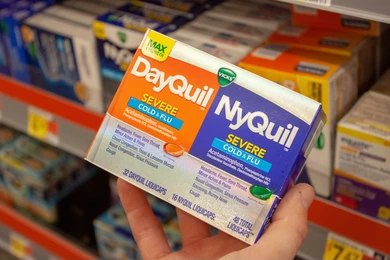
No, you should avoid taking DayQuil with Tylenol or any other medications containing acetaminophen. Combining these can lead to an excessive intake of acetaminophen, significantly increasing the risk of liver damage.
For adults, the maximum recommended daily dose of acetaminophen is 4,000 mg. Exceeding this amount can cause severe complications, including liver toxicity. Since DayQuil already contains a substantial dose of acetaminophen, it’s crucial to avoid doubling up with other products.
If you’re unsure about safe medication combinations, consult a healthcare provider. They can guide you based on your specific health needs and current medications.
Potential Risks and Side Effects of Acetaminophen in DayQuil
Acetaminophen is generally safe when used as directed, but misuse or overuse can lead to several risks and side effects. These include:
- Nausea and Vomiting: Some people experience mild stomach upset after taking acetaminophen.
- Liver Damage: This is the most serious risk associated with acetaminophen, particularly if taken in high doses or combined with alcohol.
- Allergic Reactions: Although rare, some individuals may experience hives, swelling, or difficulty breathing.
It’s essential to follow the recommended dosage instructions on the DayQuil packaging. If you suspect an overdose or experience unusual symptoms, seek medical attention immediately.
Who Should Be Careful When Using DayQuil?
Certain groups of people need to exercise caution when using DayQuil or any acetaminophen-containing medication. These include:
- People with Liver Conditions: Since acetaminophen is metabolized in the liver, individuals with liver disease should use it only under a doctor’s supervision.
- Those Taking Other Medications: Combining multiple products with acetaminophen increases the risk of overdose.
- Pregnant or Breastfeeding Individuals: While acetaminophen is generally considered safe during pregnancy, consult your healthcare provider before using DayQuil.
Always inform your doctor about any existing health conditions or medications you’re taking to ensure safe use.
Related to Read: Does DayQuil Make You Sleepy?
FAQs
Does DayQuil have acetaminophen?
Yes, DayQuil contains acetaminophen as one of its active ingredients. It helps reduce fever and relieve aches and pains associated with cold and flu symptoms.
How much acetaminophen is safe to take in a day?
For adults, the maximum safe daily limit of acetaminophen is 4,000 mg. However, it’s best to stay below this limit to minimize the risk of liver damage.
What happens if I take too much acetaminophen?
Taking too much acetaminophen can lead to severe liver damage. Symptoms of overdose include nausea, vomiting, abdominal pain, confusion, and yellowing of the skin or eyes. Seek immediate medical help if you suspect an overdose.
Can I take DayQuil with ibuprofen?
Yes, you can generally take DayQuil with ibuprofen, as they work in different ways and don’t contain overlapping active ingredients. However, consult a healthcare provider if you’re unsure.
What are the symptoms of acetaminophen overdose?
Symptoms of an acetaminophen overdose include nausea, vomiting, loss of appetite, abdominal pain, confusion, and jaundice (yellowing of the skin or eyes). Seek emergency medical care immediately if these occur.
Conclusion
DayQuil is an effective medication for managing cold and flu symptoms. Acetaminophen is one of its key ingredients. It helps reduce fever and relieve pain.
Understanding the role and dosage of acetaminophen is crucial for safe use. Always follow the recommended guidelines. If you are unsure, consult a healthcare provider for advice.

